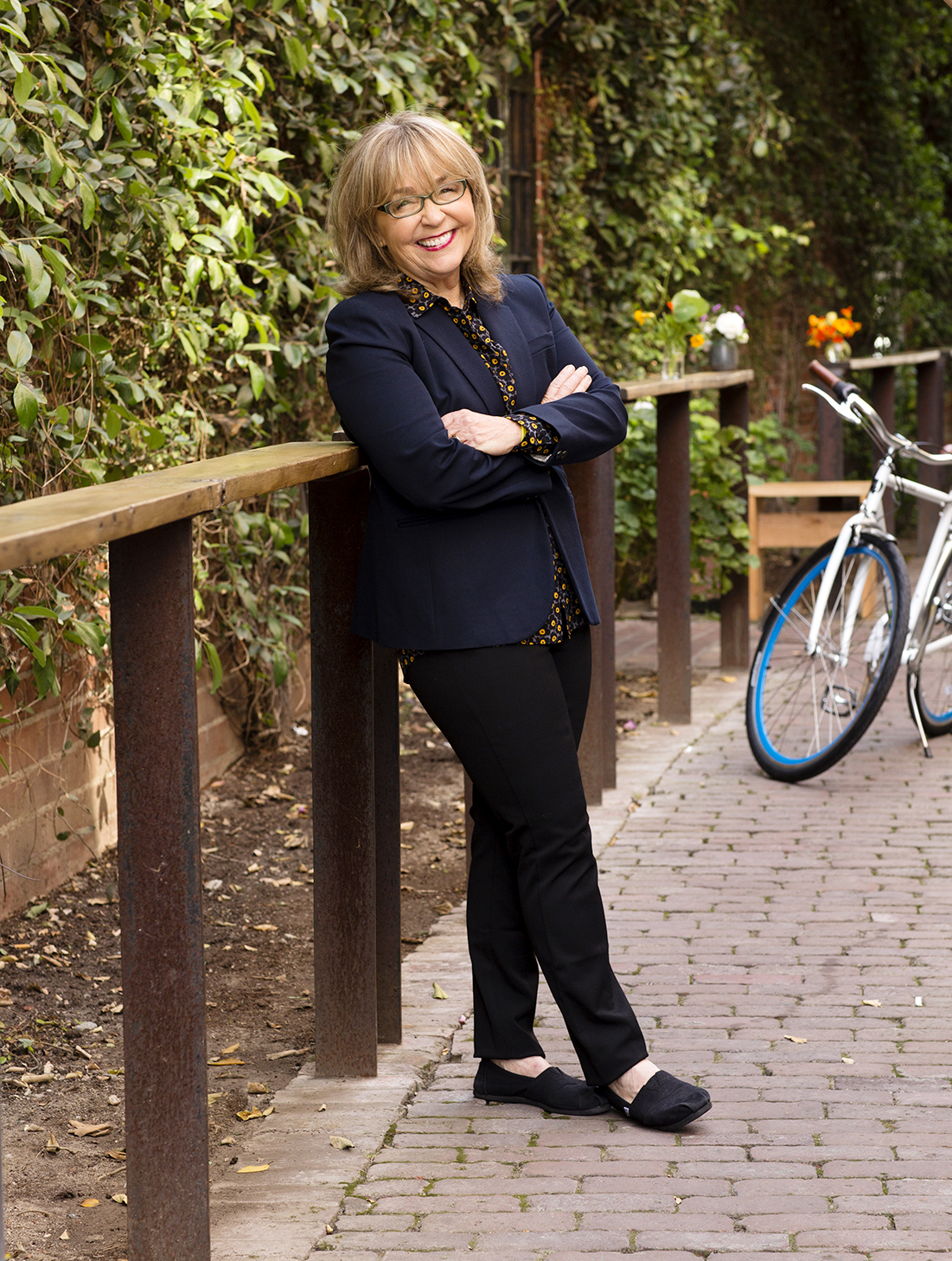
I’ve done a lot of traveling lately, speaking to audiences on the east coast and in Switzerland about all of you and the inspiration I draw from this community. That word has never really been about one group or demographic for me; indeed, we work with millennials, champion the work of artists in their early 20s, and soak up as much knowledge as possible from both.
Community to us is not a place, but a feeling that can be crafted and maintained, never imposed upon. This week’s feature, Sandra Kulli, has spent most of her adult life designing communities.
Her marketing firm has worked with developers from Venice Beach to Salt Lake City to Dubai, in what the industry terms “placemaking” but which Kulli refers to as “placekeeping.” That slight tweak in semantics is important: rather than top-down planning, Kulli’s mission is preservation as much as it is creation.
“I think my vision has gotten larger in terms of what is community. It’s the tangible and the intangible,” she says. “And the intangible has become more important to me.”
But how do you create an environment in which the intangible can manifest? We talked to Kulli this week about creativity, and the charge she gets from working with younger colleagues.

Born and raised in Pasadena in the ‘50s and ‘60s, Kulli’s sense of community formed early. She was raised by outspoken parents and attended an integrated high school. People of different ethnicities and different income levels populated Pasadena at the time. “A good community,” she says, “was a gift of my childhood.”
She did well enough to get admitted to Wellesley, studying there at the same time as one Hillary Rodham Clinton. Her first job out of college was at a furniture store that would eventually become Pier 1 Imports. She loved running a store but felt restless. Upon reading an op-ed in The New York Times asking how someone with a life of privilege could give back, she immediately applied to graduate school to get a degree in early childhood education.
For the next seven years, she taught in inner city schools in Massachusetts, Northern California and her native Los Angeles. The skills she picked up there — patience, and an understanding of where people came from — would serve her well in real estate, her next chapter.
When she got the opportunity to work for a family of builders, she took it, thinking she could expand her skill set further. But when she was abruptly fired in 1985, she was at a loss.
“My then-boyfriend, now husband, said that, ‘One quality about you is that you don’t do well in captivity: you ran a store, you ran a classroom, you ran a real estate biz, and then you worked for somebody. Why don’t you go back to running your own thing and figure out how you can help people?’ ” she says. “So I did.”
Kulli Marketing’s placekeeping philosophy is best summed up by a line she read in a book on pre-WWI Vienna: “The author said about the city at that moment that what made it great is what all great places have in it: one foot in memory and one foot in prophecy.”
At a time when gentrification is dominating neighborhoods in places like New York, San Francisco and parts of Los Angeles, Kulli says the goal shouldn’t be preservation for nostalgia’s stake, but integrating the new while valuing what came before.
The same applies to her own career. In 2012, Kulli joined the board of CicLAvia, a group that organizes massive open street events throughout Los Angeles. It’s there where she first heard her millennial colleagues talk about something called a “side hustle.”
“In terms of community, I’ve found that insight to be priceless to the way we design community. Not the WeWork notion of side hustle, but the opportunity for people to be able to express creativity beyond their job,” she says. “It may be putting together old and young where an intersection occurs in community in the park … How do you create interactions where side hustles can tap into knowledge from people like me?”
That kind of interaction with younger folks is not just nice to have for a 71-year-old, it’s vital.
“I find new ideas and different perspectives really rich for my creative thinking,” she says. “My connection to, and time with, younger adults informs my thinking in a way I don’t find with my age cohort. I feel like they fill my tank with fresh ideas.”
The ideas expressed here are solely the opinions of the author and are not researched or verified by AGEIST LLC, or anyone associated with AGEIST LLC. This material should not be construed as medical advice or recommendation, it is for informational use only. We encourage all readers to discuss with your qualified practitioners the relevance of the application of any of these ideas to your life. The recommendations contained herein are not intended to diagnose, treat, cure or prevent any disease. You should always consult your physician or other qualified health provider before starting any new treatment or stopping any treatment that has been prescribed for you by your physician or other qualified health provider. Please call your doctor or 911 immediately if you think you may have a medical or psychiatric emergency.
AUTHOR

We will never sell or give your email to others. Get special info on Diet, Exercise, Sleep and Longevity.
